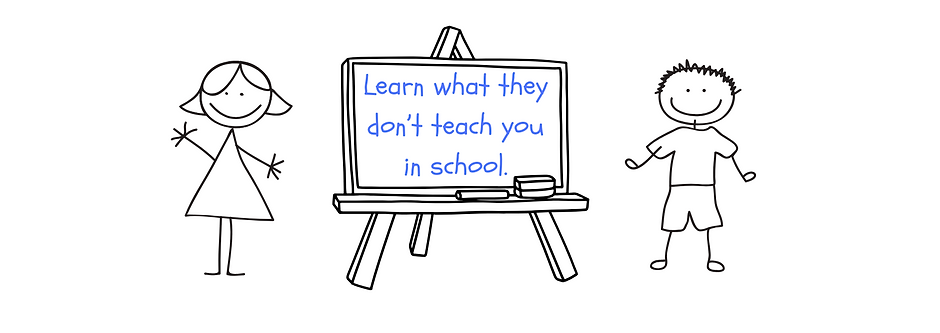Energy of Money: Rethinking How You Spend and Earn
- BetterYourFinance.com

- Apr 6
- 4 min read
Updated: Jul 12

Most of us are taught to see money as a tool or worse, just numbers in a bank account. We’re told to save it, invest it, stretch it, and not waste it. But what if money isn’t just currency? What if it’s energy—your energy—transformed into something tangible?
This mindset shift doesn’t just help you save more. It helps you live more. When you begin to see money as energy, every dollar becomes a reflection of your time, attention, and life force. You stop spending on autopilot. You start aligning your money with what truly matters.
What You’ll Learn:
A new way of thinking about money that puts your values front and center
Why this mindset can change your spending and earning patterns
How to measure money as energy
A simple story that shows this concept in action
Practical strategies to apply this thinking today
What Is It?
Money is energy. That may sound abstract, but think about it. Money doesn’t appear out of thin air. You earn it by giving something—your time, your labor, your ideas, your creativity. When you trade those things, you’re expending your energy. And what you get in return is money.
That money can be used to replenish your energy, drain it further, or amplify it depending on how you spend it. A dollar isn’t just a dollar. It’s a slice of your life. When you start thinking about spending this way, it becomes easier to say no to what doesn’t serve you and say yes to what actually does.
Why Does It Matter?
Because most people feel exhausted, overworked, and out of alignment. They don’t realize their spending habits are part of the problem. When you treat money as separate from your energy, you create tension—working harder to afford a lifestyle that doesn’t make you feel any more alive.
By recognizing the energetic exchange behind money, you get back in touch with your power. You start asking better questions:
Is this worth my life energy
What did it take for me to earn this
Is this expense bringing me joy or just numbing discomfort
When you view money this way, you stop chasing more for the sake of more and start using money as a tool to design a life you actually want.
How to Calculate the Energy of Money
This idea can be made practical with a simple formula:
Hourly Life Energy = Your Real Take Home Pay / Actual Hours Spent on Work
To get your real take home pay, subtract taxes and work related expenses (commuting, clothing, meals, etc.) from your salary.
Then divide by how many hours you truly spend working including commuting, decompressing, and anything else you wouldn't do if you weren’t working.
Using an Example to Calculate the Energy of Money
John earns $60,000 per year. After taxes and work related costs, he takes home $42,000.He works 40 hours a week, but with his daily commute, work emails at night, and getting ready, it’s really about 50 hours per week. Multiply that by 50 weeks per year, and he’s putting in 2,500 hours.
So, your life's energy of money is:
$42,000 / 2,500 = $16.80 per hour of life energy
Now, when John considers buying a $500 gadget, he realizes it costs him about 30 hours of his life. That’s nearly a full workweek. Suddenly, he sees the true cost and makes more intentional choices.
A Transformation Story
Ann used to treat money as a reward for hard work. She'd burn herself out during the week and then splurge on weekends as a way to cope. But no matter how much she made, it never felt like enough.
Then she started thinking of money as energy. She calculated her real hourly rate, and it was eye opening. That $12 cocktail It cost her 45 minutes of her life. That new outfit 4 hours. She didn’t stop spending altogether but she did start choosing more consciously.
Within a year, she had cut her expenses by 30 percent, built a healthy emergency fund, and started a side project she’d been putting off for years. She wasn’t just saving money she was reclaiming her energy.
Strategies to Maximize Your Money's Energy
Track Your Real Hourly Wage. Use the formula to understand the true value of your time. This makes your financial decisions more grounded.
Run Purchases Through the Life Energy Filter. Before buying something, ask how many hours of your life it costs and if it’s worth it.
Spend on Energy Givers Not Energy Drainers. Invest in things that restore or expand your energy—health, learning, relationships—not just things that numb or distract.
Audit Your Life for Energy Leaks. Look at subscriptions, habits, or routines that drain your wallet and your energy.
Design a Life You Don’t Need to Escape From. Align your spending with your deepest values not what social media says you should want.
Why This Is Important
Money isn’t separate from your life it is part of your life. When you treat money as energy, you stop outsourcing your power. You become the architect of a more intentional, fulfilling life. This mindset helps you save better, spend smarter, and live more fully.
Steps You Can Take to Get Started
Here are steps to manage your money's energy:
Calculate your real hourly wage
Pick one purchase this week to evaluate through the lens of life energy
Reflect on the last three purchases that didn’t feel worth it
Begin a weekly ritual: “Where did my money go and did it reflect my values?”
Choose one area where you’ll redirect spending toward something that energizes you
Final Thoughts
Money isn’t just about dollars and cents. It’s your life quantified. When you begin to treat it as the energy it truly is, everything changes. You move from unconscious consumption to intentional living. You stop chasing, and start choosing.




Comments